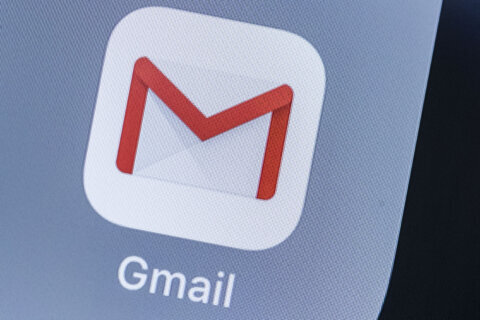Q: Is there an easy way to get my Windows computer at home and my office computer to look and work the same way?
A: That has its obvious benefits, but before you decide to go this route, make sure you’re comfortable with the possibility that some of your personal information may be accessible by the IT department or others at the office.
Fortunately, you can select what you want to sync, such as the way it looks (Theme), passwords, language preferences, “Other settings” such as printer and mouse options, notification preferences and installed apps.
Both Windows 10 and 11 have the ability to sync lots of settings, even if your home and office computer are on different versions.
Microsoft account requirement
The key to getting your Windows computers synced is to use the same Microsoft account on both computers.
This could be a challenge, depending upon the restrictions that have been setup by the IT department at your office, so check with them before attempting to make any changes to how you sign in.
If you are able to use the same Microsoft account on both computers, your settings will sync by default. If you want to remove some of the items that will be synced in Windows 10, you’ll want to go to Settings -> Accounts -> Sync your settings.
In the “Sync your settings” menu, you can turn all syncing on or off or selectively turn off Theme, Passwords, Language preferences and Other settings.
In Windows 11, the syncing option has been moved to the “Windows Backup” section of the account settings menu.
Once there, clicking on the “Remember my preferences” option will provide you the same switches as they appear in Windows 10.
Browser syncing
For most users, syncing the browser settings is generally the most helpful from a productivity standpoint.
If you’re using Microsoft’s Edge browser, the syncing of bookmarks, passwords, history and other options can be accessed by clicking on your profile icon and clicking on the “Manage profile settings” link in the menu.
When sync is turned on, you can choose from seven different features that you’d like to have synced on both computers: Favorites, Settings, Personal Info, Passwords, History, Open tabs and Extensions.
If you’re using another browser, such as Chrome or Firefox, you’ll need to log into the separate account associated with those specific products.
This also means that if your company’s security settings don’t allow you to use the same Microsoft account for syncing Windows, you can still have your browser settings synced up.
In Chrome, if you click on the profile icon in the upper right corner, the profile page will appear with an indication of your current sync status which can be clicked to change various settings.
In Firefox, click the menu button (the three lines in the upper right corner) then on Settings.
Click Sync from the menu options to open the sync settings panel to make sure it’s turned on.
In the “Choose What To Sync” dialog that opens, select the checkboxes next to the types of information you want to sync.
You’ll need to check all of these settings on both computers for proper syncing.







